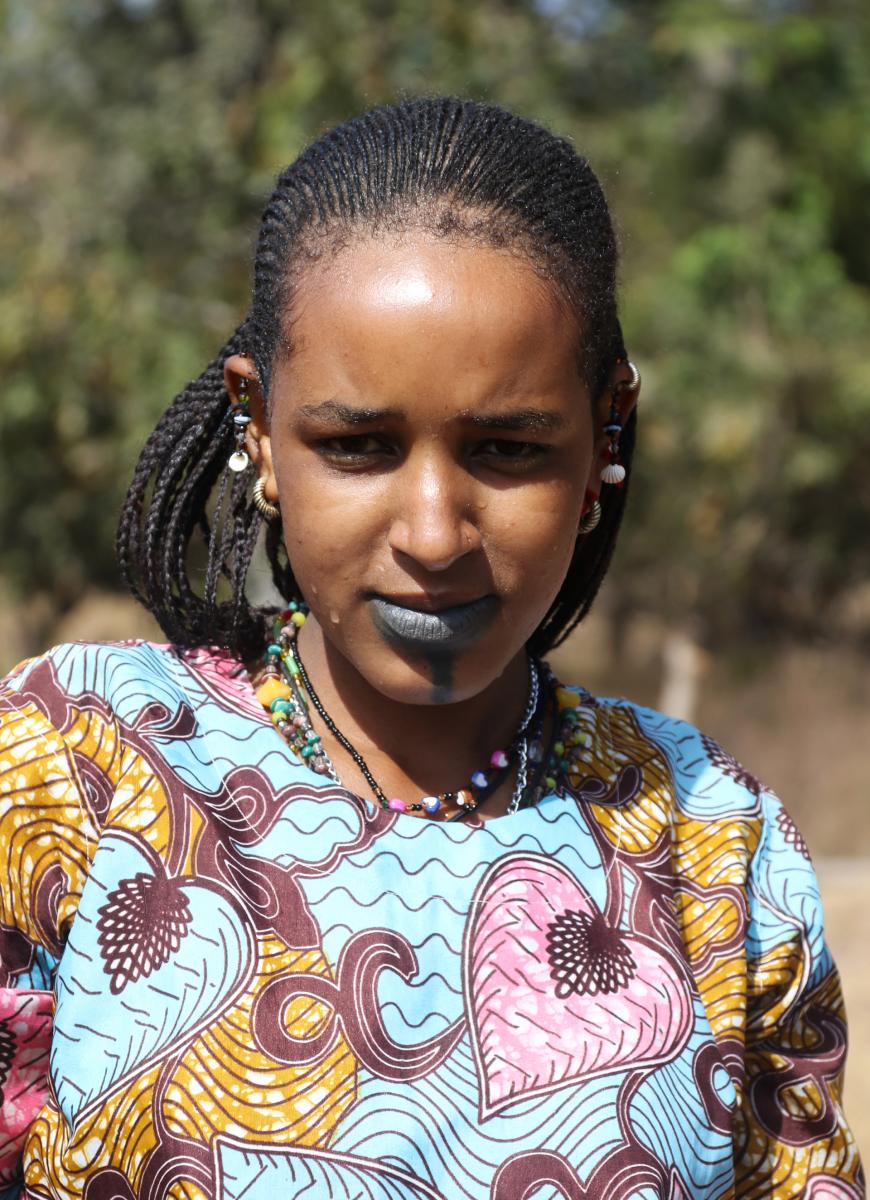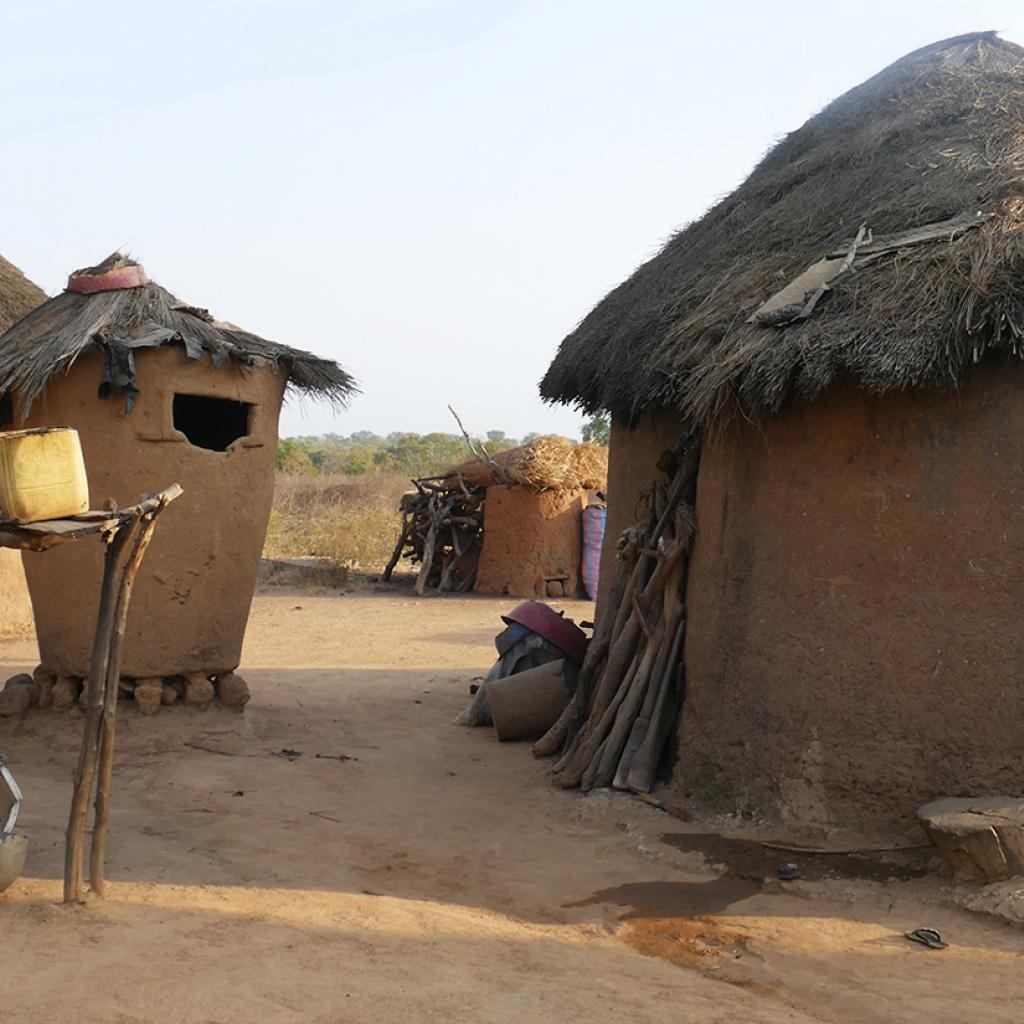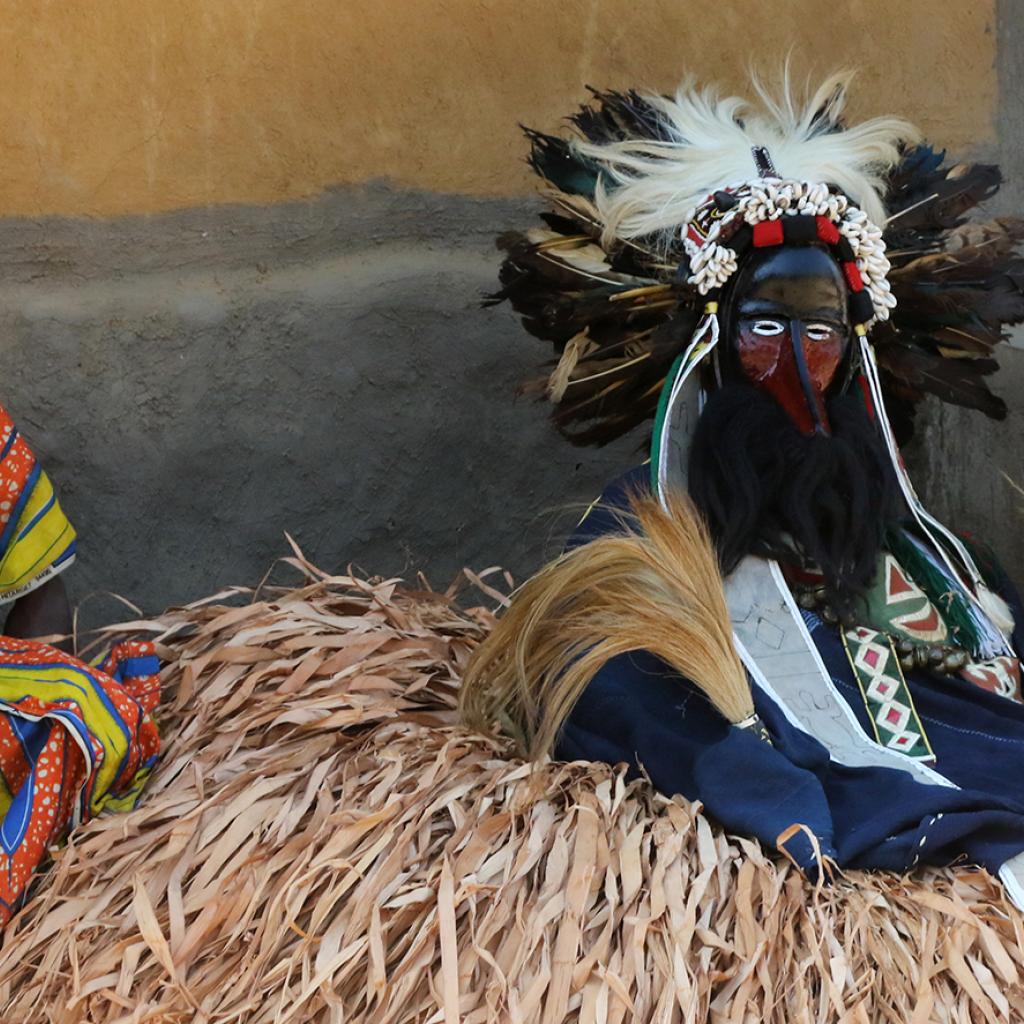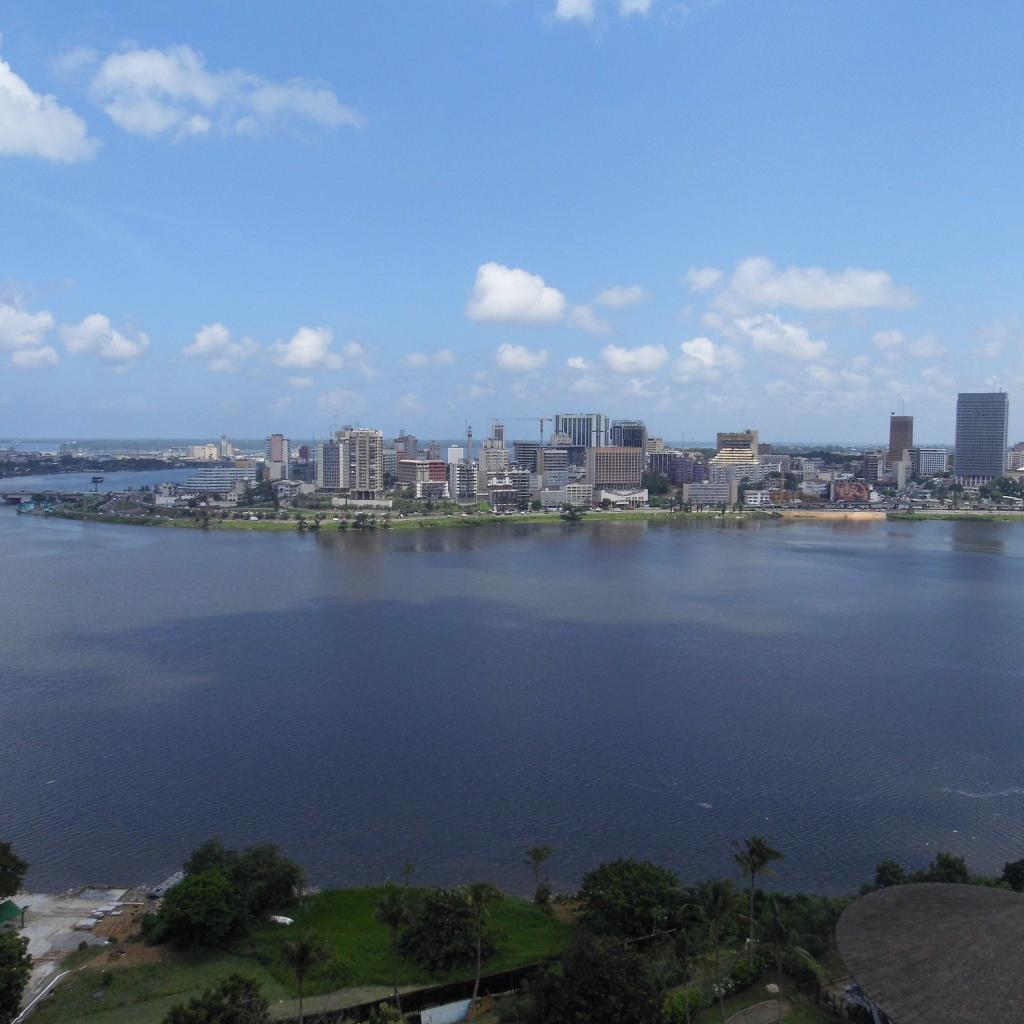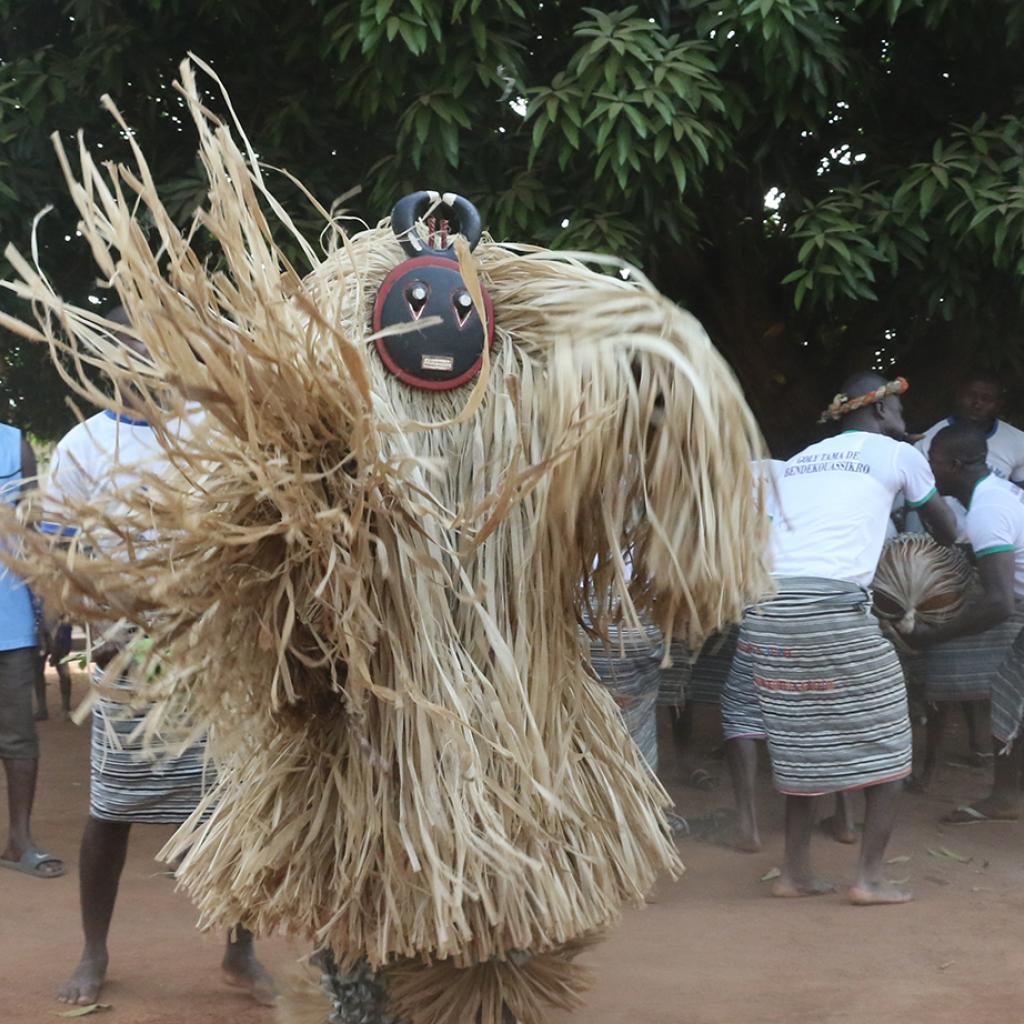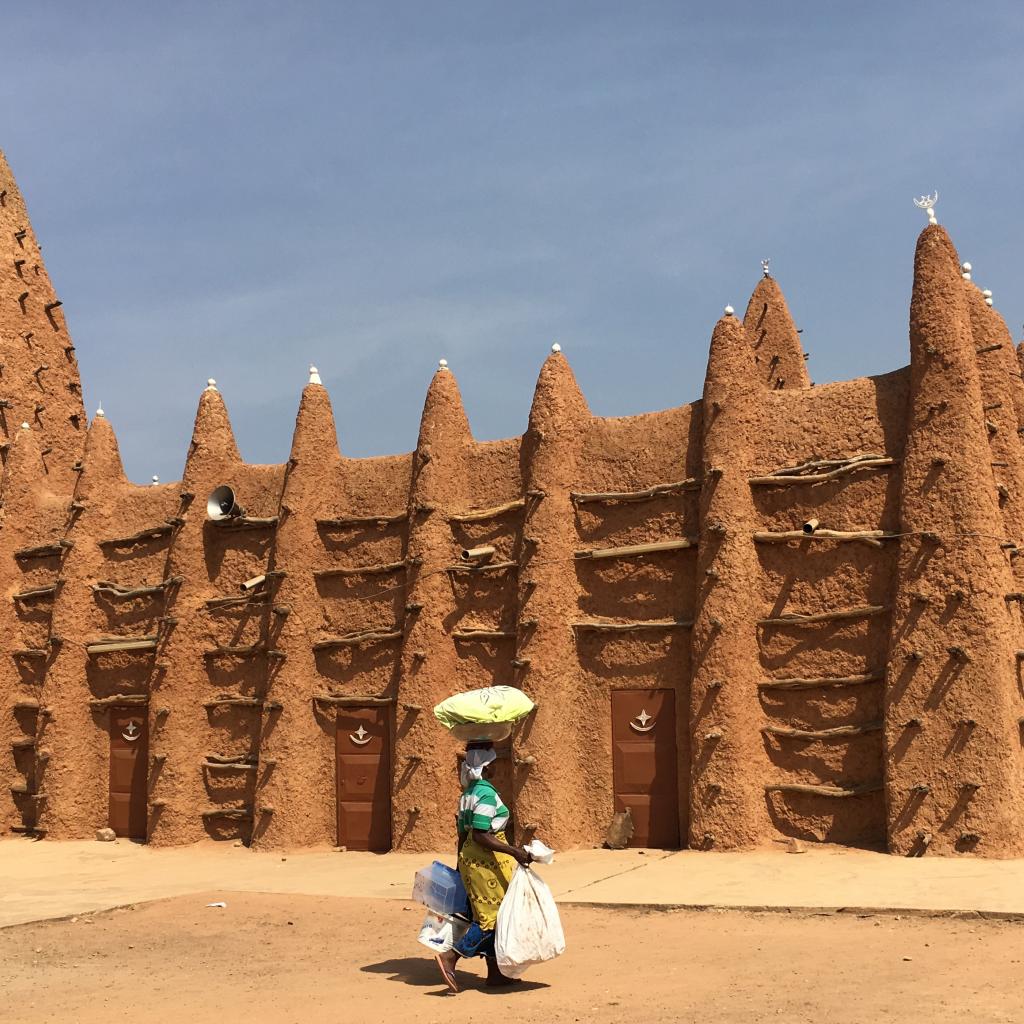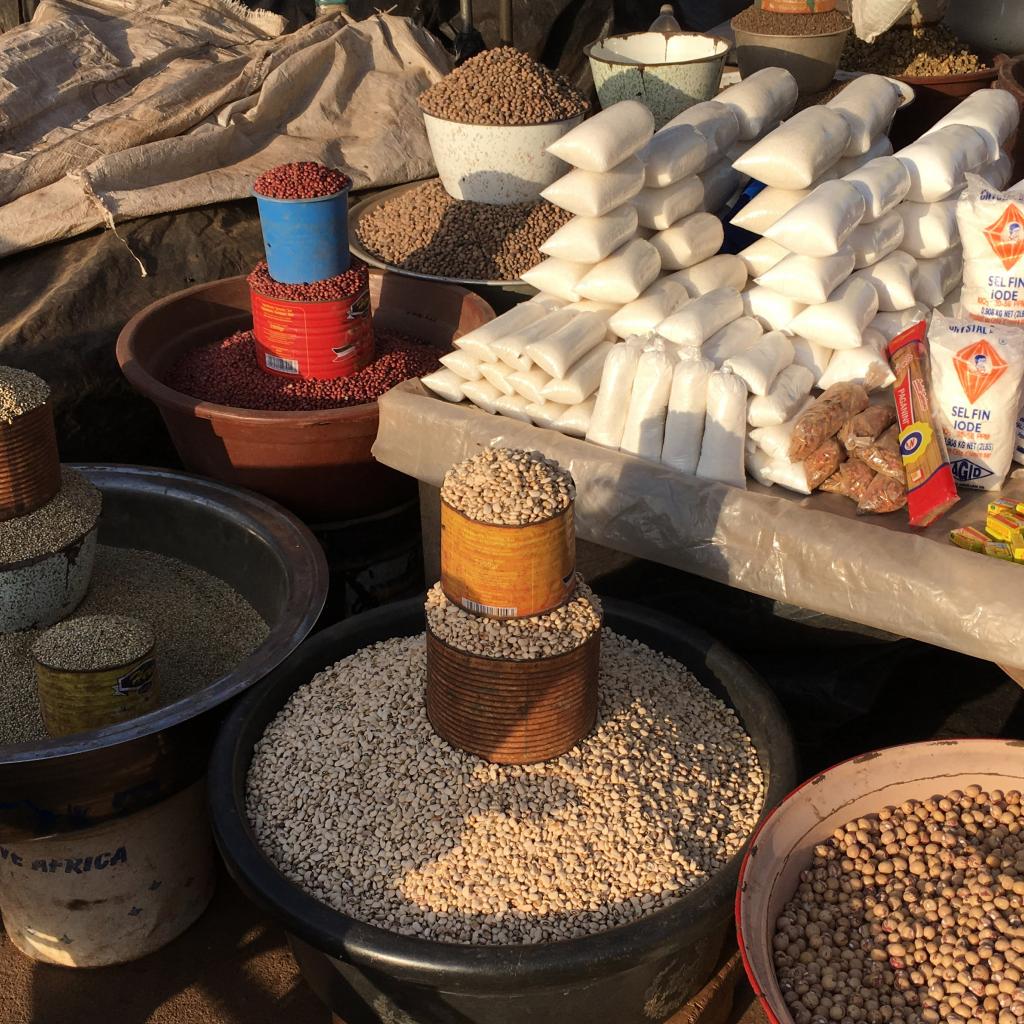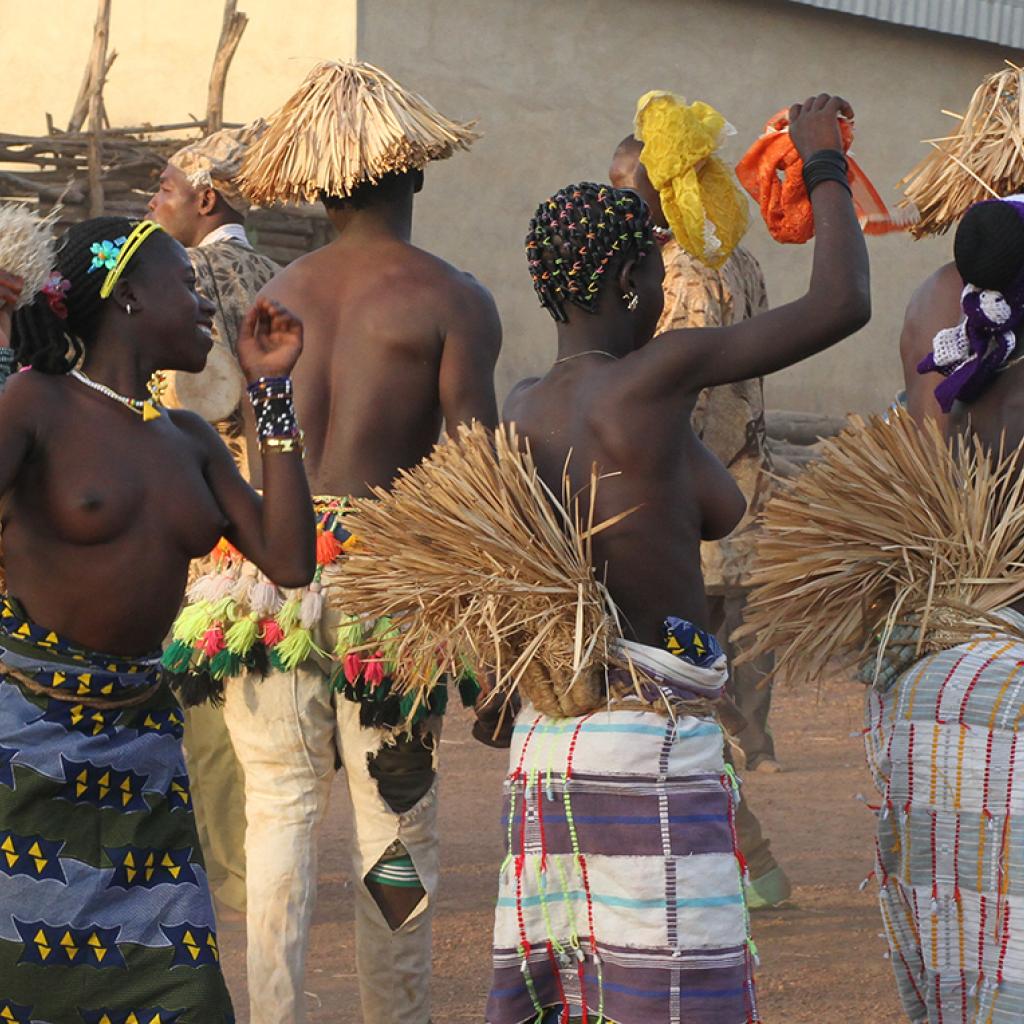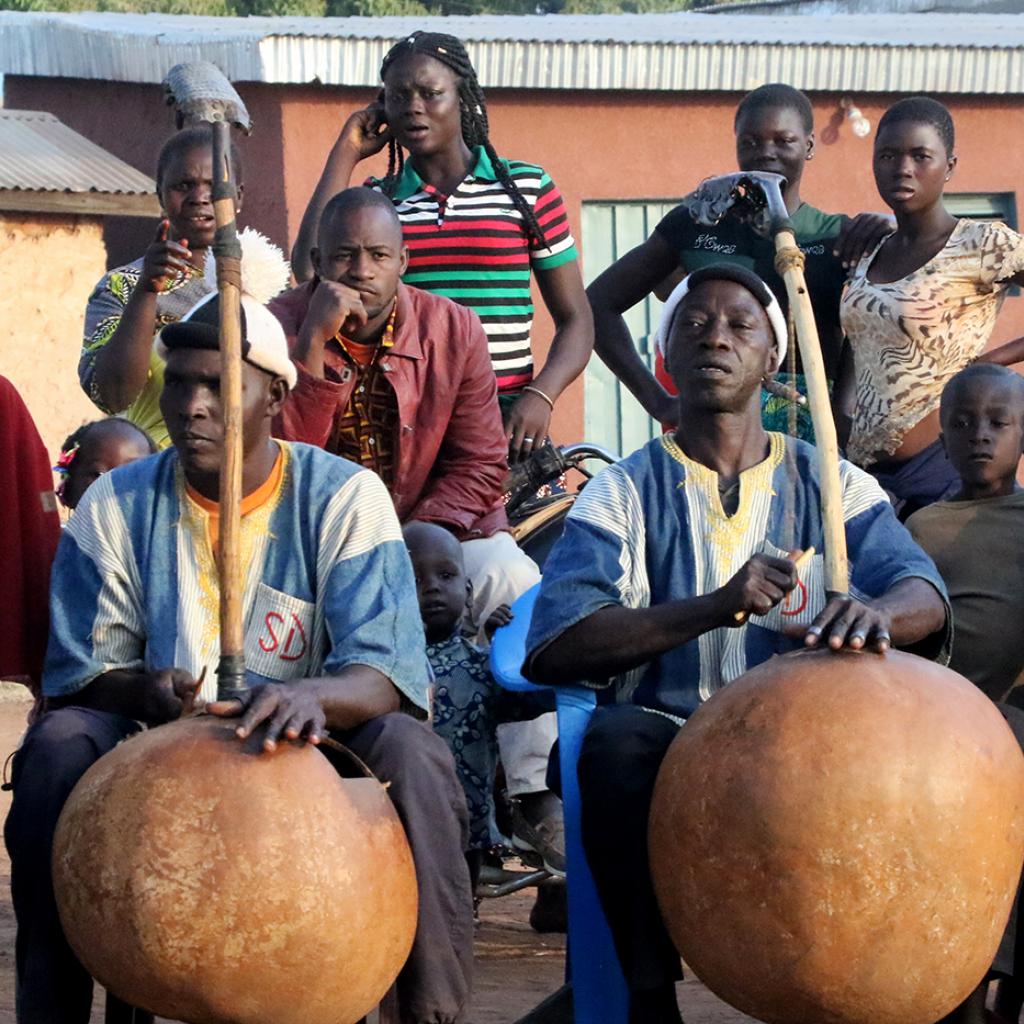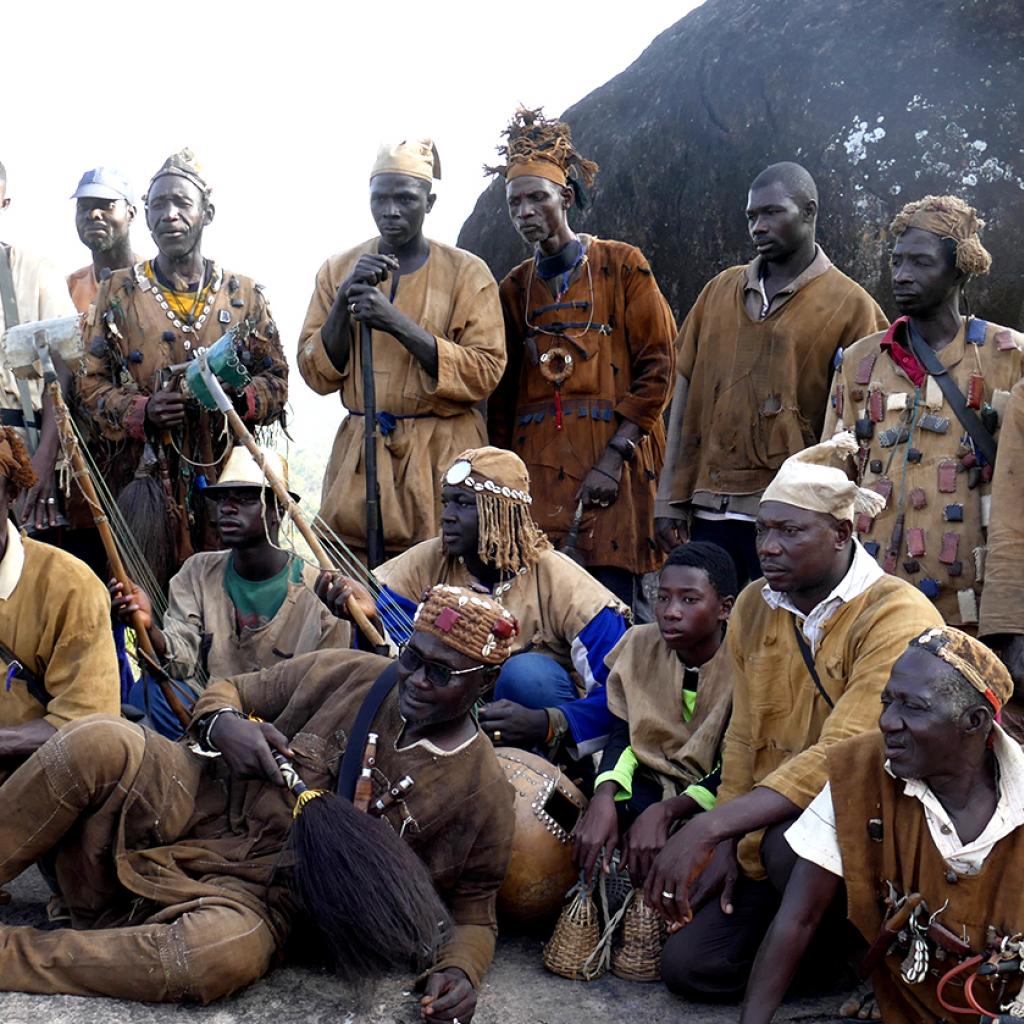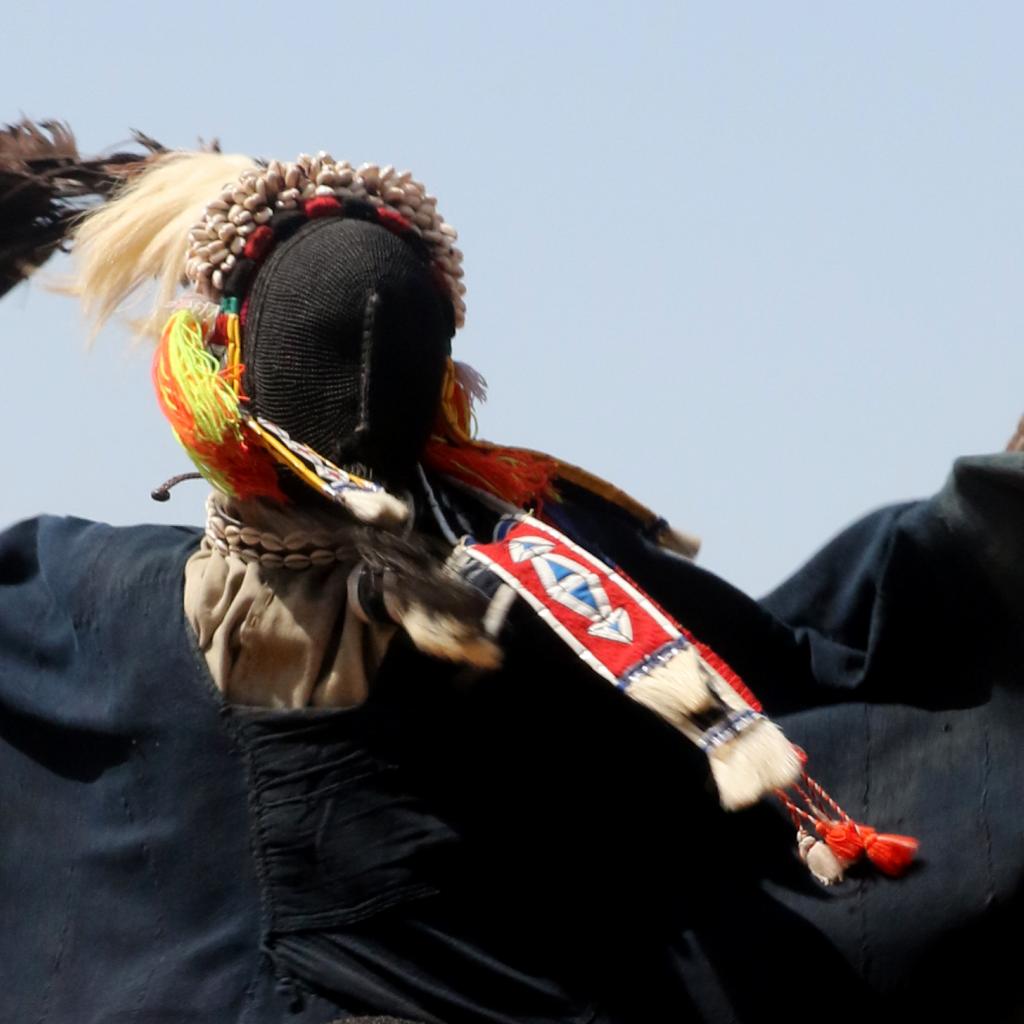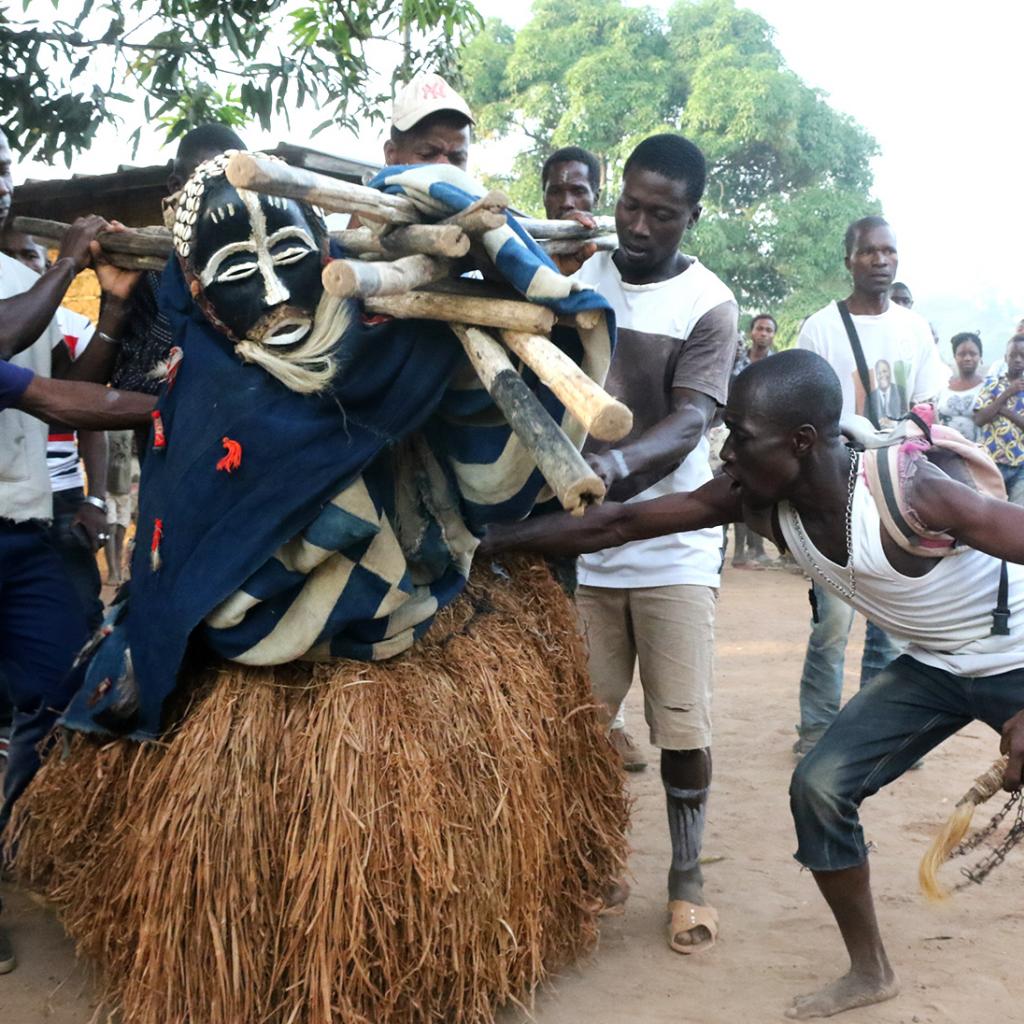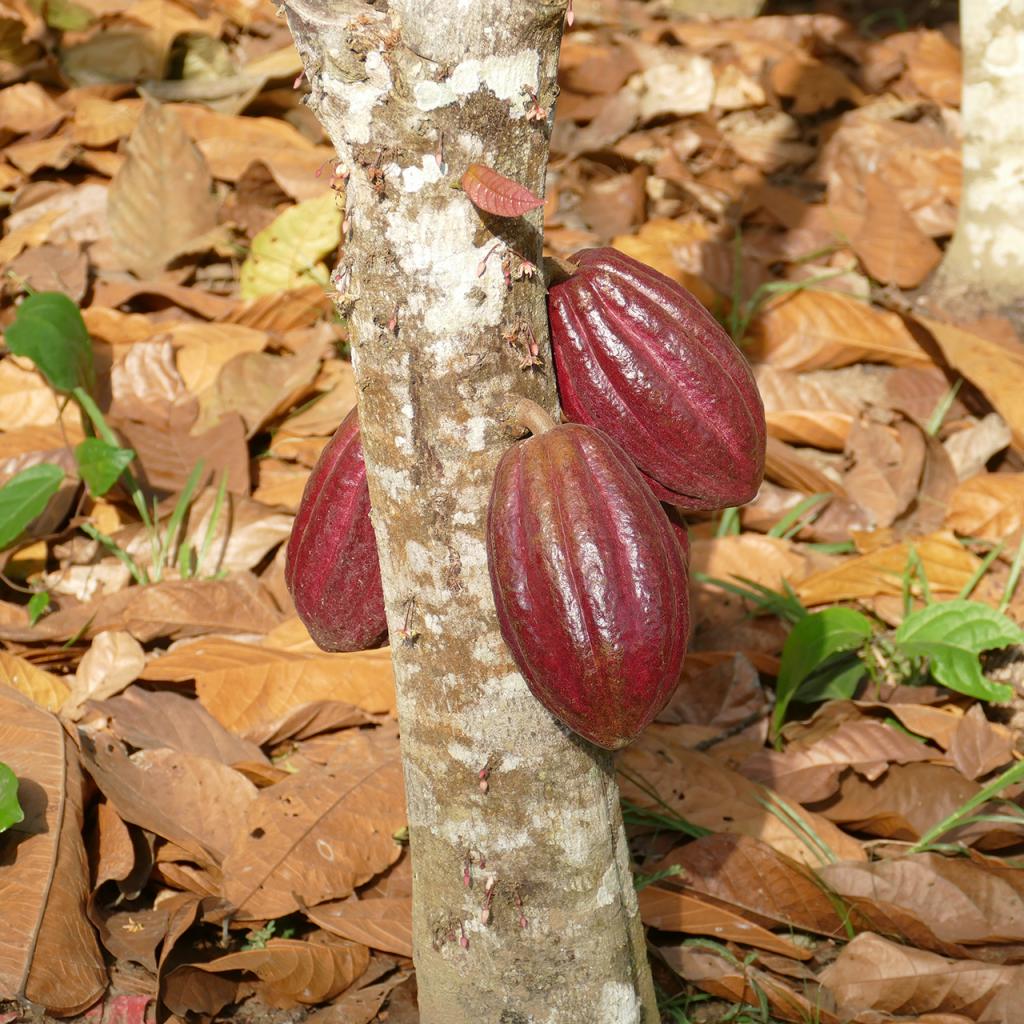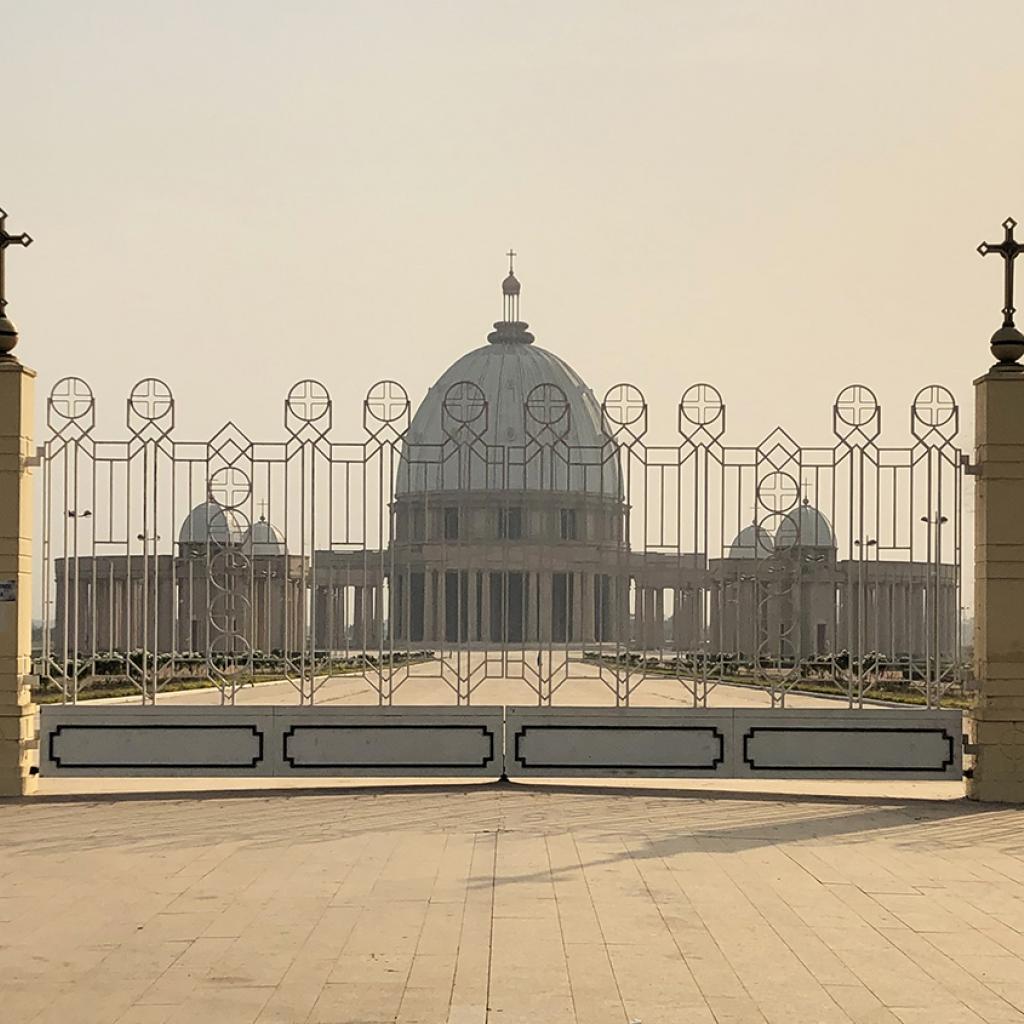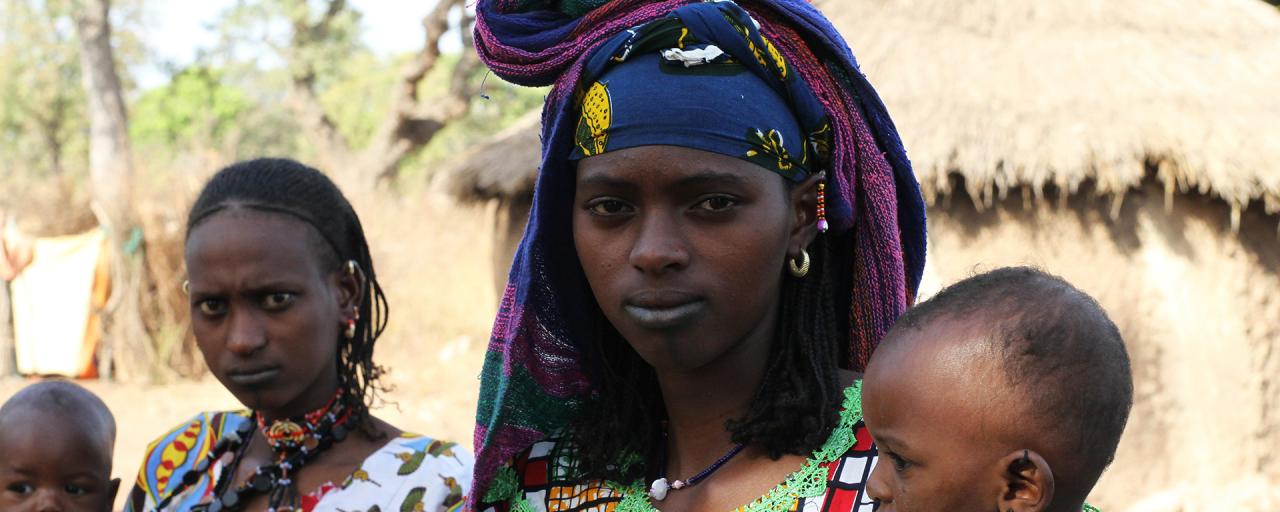
Fulani people - Photo Credits: Romina Facchi
The Fulani people
The Fulani, also known by the name of Peul, especially for the Francophone world, constitute a population present in about twenty West African countries, but also in Chad, in the Central African Republic and in Sudan.
They are a numerous population and this makes them the most important nomadic, or semi-nomadic population on the African continent.
We had already met them in Ghana, on a previous trip, but we wanted to return and visit a Fulani villagealso in the Ivory Coast and, despite its proximity, there are many differences we have found.
We found the greatest differences in the construction of the village, here in the Ivory Coast their lifestyle is more sedentary and the huts are made of mud bricks, while in Ghana the huts were made with woven reeds and straw, ready to be easily disassembled and reassembled, based on their movements in search of better pastures.
The Fulani were originally nomadic shepherds and their movements were linked to the needs of the herds of zebus and horses, their mobility on a vast territory has favored the exchange and contamination with other native populations, also creating doubts or legends about the true origin of the Fulani.
According to some scholars, the Fulani come from the Upper Nile Valley: Upper Egypt, Nubia and Ethiopia; from these areas they began a long migration to the West, crossing the Sahara region, until they reached the valley of the Senegal river, Mauritania and Mali.
In fact, their somatic characteristics betray, especially in some people, traits similar to those of the Ethiopians and even the color of the skin is lighter than the one of the Bantu populations.
Others believe that the Fulani descend from the Berber, but it is very difficult to define with certainty because the continuous migrations have caused some of them to mix with other populations.
The arrival of the Europeans in the region of Guinea modified the pre-existing balance, both linked to trade and to power exercised.
The practice of slavery was another destabilizing element in the region, but the Fulani were not affected by this plague, they were seen as a courageous and armed tribe, like the Tuareg, and thanks to this they were respected.
Courage is a very important concept in the Fulani culture, warriors have a series of weapons and rituals that testify to their courage and lack of fear.
When young boys come of age, they perform a ritual that involves striking one other with spears; young people laugh as they get one shot after another as they mock the opponent and ignore the pain.
The Fulani are easily recognizable, the men wear the characteristic conical hat made with natural fibers, while the women wear bright colors and have a traditional black tattoo on the lower lip.
The tradition of tattooing lips is known as "Tchoodi", it is more common in Mali but also practiced in the Ivory Coast and Ghana; it is a tattoo that is made using a hot, thin needle and a special natural ink; sometimes, to avoid this painful operation, the girls paint their lips with henna.
Tattoos are considered an element that beautifies the body and aesthetic beauty is particularly important in the Fulani culture.
Even clothing is very important, they wear colorful turbans and even clothing is typically colorful, it is composed of long dresses with embroidery, accessories and jewelry, the colors, considered sacred are: yellow, like gold and sun, red, that represents strength, white, symbol of wisdom, and black, that symbolizes war.
The division of work into the Fulani society is clear and definite, the men take care of the livestock while the women take care of the village and of the children, only some men remain at the village to protect it from possible attacks.
Zebus cattle breeding is mainly practiced for milk; while the consumption of meat is limited to rare occasions, such as weddings, births or to pay homage to an important guest.
The diet varies according to the territory in which they live, covering a very large area, some clans have easy access to nuts, dates, honey, rice, other clans instead enrich their diet by hunting pharaohs or other small prey or with camel milk.
The Fulani are mostly Muslims, although with some exceptions, for example many of them are monogamous, but all respect the rule of not consuming pork.
The villages consist of small groups of dispersed huts, especially the villages of the more sedentary groups occupy a rather large space since, each group of huts, constitutes a farm that cultivates its own plot and the village is thus composed of a series of neighboring farms, every farm belongs to a family.
The huts are usually round, in the case of polygamous groups, each wife has her own hut, the boys and men have a separate area where they can discuss and host foreigners.
The most sedentary groups build their own homes using mud bricks and making the roof in straw and with mats of natural colors, the interior hosts a bed and several calabash, that is, large pumpkins where milk and other food are stored.
The clans whose lifestyle is more traditional and nomadic make their own huts using easily transportable materials, the huts are built by joining bundles of straw mounted on a supporting structure of intertwined branches and with fabric drapes that act as a door.
The interior of these huts is more spartan, a mat or rug replaces the bed, while pumpkins are always used for storing food.
For the nomadic clans the camp is located around the fire, that is the first thing that is done; they usually prefer elevated areas, on hills or dunes, and the first huts that are built are those for elderly people.
